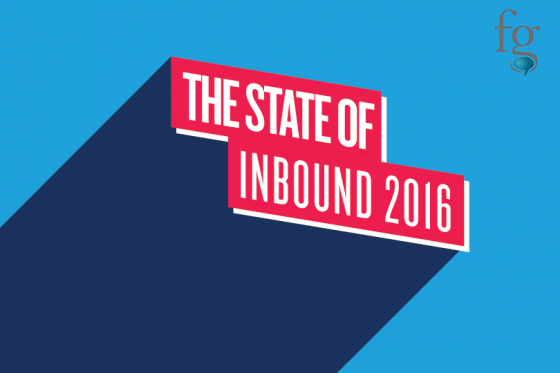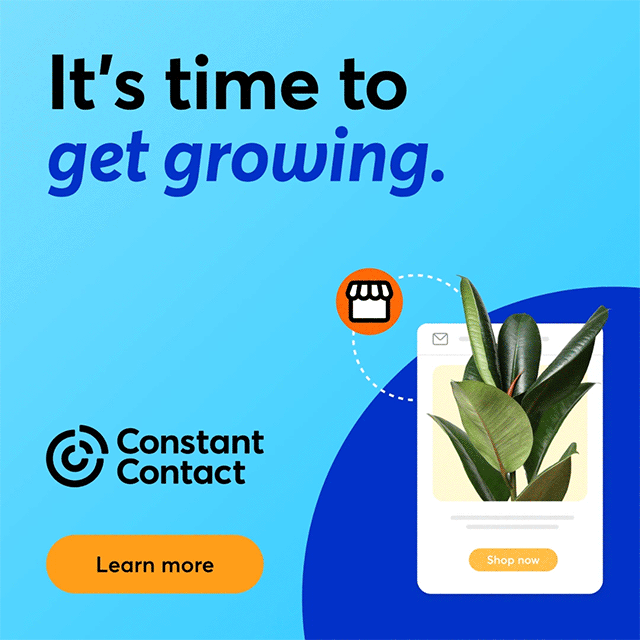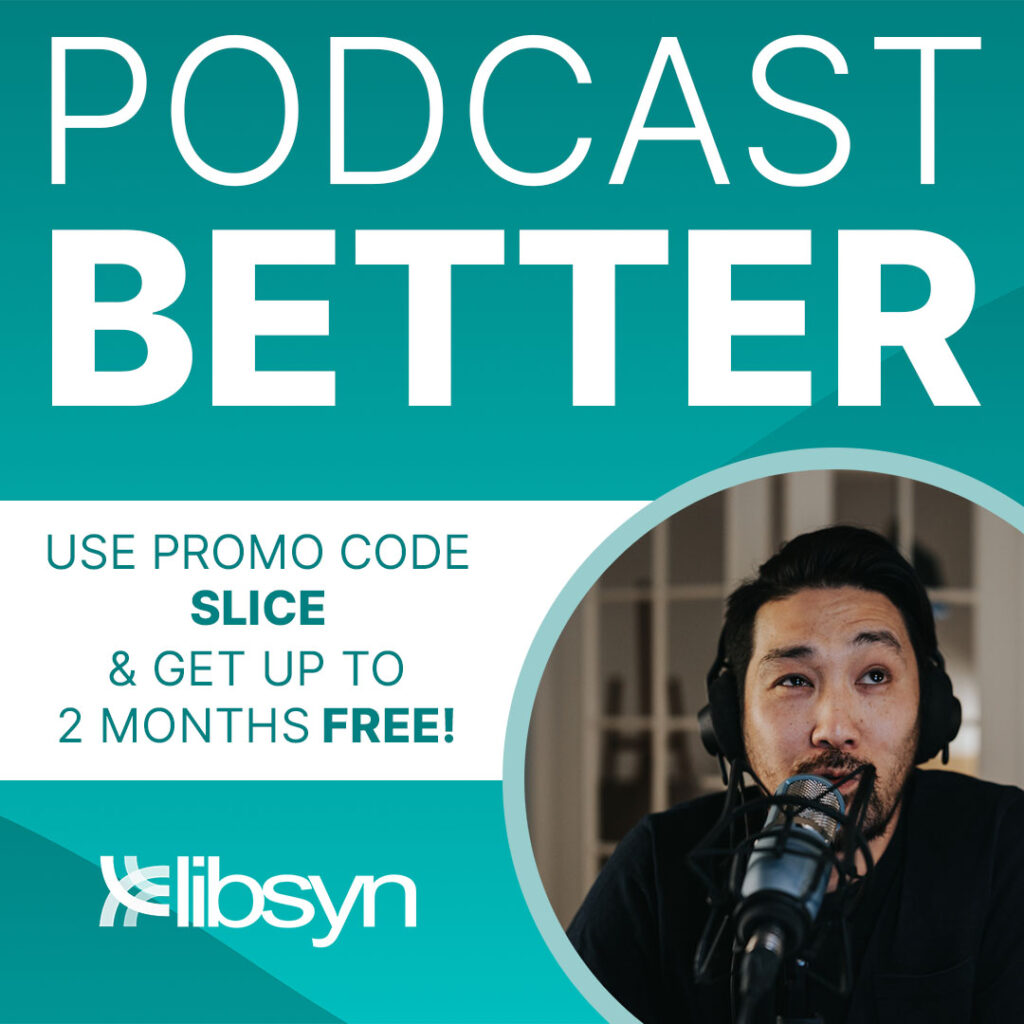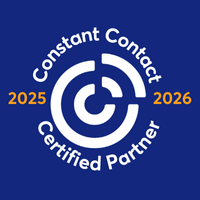As you know, we are all-in on the benefits of using inbound marketing tactics to generate revenue for your business. Over the last several years, advances in the technology of buying have brought about a corresponding revolution in the technology of marketing and selling. Changes in the way customers look for what they want have caused irreversible changes in the potential modes of advertising. According to recent statistics,
- 2 billion people a day use Facebook to search for content.
- 4 billion people a day use messaging apps to communicate and search.
- Advertising is increasingly blocked. Mobile ad blocking has increased 90 percent year-over-year.
- Only 19 percent of buyers are now relying on salespeople for purchase decisions.
- 29 percent of consumers say they want to see more blog content in the future.
- 60 percent of marketers are making writing blog posts a priority.
Consumers have gained control over advertising to an unprecedented degree. They shut out advertising and move to social media and search engines to find what they want. The old corporate-controlled sales models are losing customer share in favor of consumer-controlled models. Everything points to that tendency to increase.
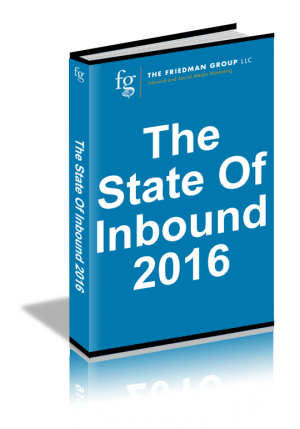
Looking at the state of inbound marketing at the end of 2016 can help you make data-driven decisions in 2017 and beyond. A 2015 survey of 3,957 marketing and sales professionals found 75 percent were using the inbound marketing approach. Small to medium-sized business reported that they are more likely to use inbound marketing exclusively. Most of the smaller companies use inbound marketing exclusively.
- Of companies with fewer than 30 employees, 84 percent use inbound marketing.
- 71 percent of companies with from 31 to 300 employees use inbound marketing.
- 48 percent of companies with more than 300 employees use inbound marketing.
Statistics show inbound marketing is increasingly chosen by smaller companies as the way to compete with the bigger budgets of their larger competitors. Evidence shows:
“When elbow-grease is more available than money-to-spend, inbound marketing provides an avenue to success and serves as a stepping stone to grow that just isn't possible with outbound efforts.”
The increasing costs and the market saturation for outbound marketing means larger companies are very likely to adopt more inbound marketing in the future.
Conventional advertisers have admitted the digital revolution has impacted their methods. In a 2014 blog post, Peter Minnium, President of Ipsos, expressed his admission that the old ACCA model of advertising has collapsed. He states,
“Today, consumers are equal partners in creating the advertising experience. As ever, publishers and marketers create compelling content and context. It's the viewer, however, that chooses to pay attention to, spend time on, interact with, and ultimately internalize the advertising.”
Advertising is going to greater and greater lengths to engage increasingly disinterested consumers. Advertisements are looking more and more like small movies, and offering increasing value-added content. Advertising online is looking more like small catalogs, initiated by cookies distributed on web sites. The saturation point for conventional advertising has been reached and exceeded with consumers exposed to more than 5,000 brand exposures per day.
In a New York Times article ten years ago, Louise Story points to the advertising glut.
“Marketers used to try their hardest to reach people at home, when we were watching TV or reading newspapers or magazines. But consumer's viewing and reading habits are so scattershot since many advertisers say the best way to reach time-pressed [read disinterested] consumers is to try to catch their eye at literally every turn. [she quotes, ‘Ubiquity is the new exclusivity.']”
Surveys have shown a huge rise in the clutter of advertisements shown on television. Research cited in 2014 by Sheree Johnson of SJ Insights describes the increasing problems of conventional advertising.
“Although commercial clutter on TV has risen steadily, today's viewer has more avoidance options….As a result the number of ads that adults are now exposed to…is about 360 per day; of these only 150-155 are even noted, and far fewer make a strong enough impact to be recalled, make an impression and ultimately make a sale.'”
Hubspot’s annual “State of Inbound” surveys provide the most comprehensive benchmark data available anywhere on marketing professionals’ attitudes and behaviors. Each year, more than 4,000 large and small B2B, B2C and nonprofit marketers from around the world, and representing industries as diverse as marketing, healthcare, education, IT, financial services and software offer their views on the marketing issues which companies weigh as they create marketing budgets and allocate scant resources.
The State of Inbound 2016 report includes some expected findings, along with a few surprises. Once again, as Hubspot notes in the report’s introduction, emerging technologies stand out as the factor most influencing the digital experience, and the one to which marketers are most pressed to respond:
“Over the past few years, we've observed innovations in technology that have drastically changed the digital experience for people all over the world. More people are using mobile to access the internet than ever before, newsfeeds are packed with content, and bots are redefining what it looks like to complete the most common of online tasks. And as technology changes, the inbound marketing methodology must evolve with it.”
Major Findings for 2016
Following are 12 of Inbound 2016’s key findings:
- More companies are leveraging inbound marketing: for 73% of surveyed companies, inbound is the primary approach to marketing compared to 24% depending primarily on outbound strategies, and 3% who aren’t sure.
- Lead generation is the top marketing priority: 74% of respondents selected “converting contacts to leads/customers” as their highest priority, followed by increasing website traffic (54%), increasing revenue from existing customers (47%) and demonstrating the ROI of marketing activities (42%).
- Increasing SEO is the top inbound priority: 66% list improving SEO as their most important inbound marketing strategy. Others which topped the list are blog content creation (60%) , content distribution (54%) and marketing automation (44%).
- Top sales priorities: a majority of respondents (70%) are focusing on closing sales. Other top sales priorities include improving the sales funnel (47%), reducing the length of the sales cycle (31%) and social selling (28%). Of these, social selling saw the biggest increase, up 6% from the previous year.
- Prospecting is the biggest challenge for sales reps: although down from the previous year, prospecting remains the biggest challenge for sales reps, 33% of whom selected this option, and 71% of sales reps say they are only “somewhat knowledgeable” or “not at all knowledgeable” when it comes to effectively prospecting.
- Most marketers think their company’s marketing strategy is effective: 61% replied “yes” when asked if their organization’s marketing strategy was effective, compared to 39% who felt it wasn’t.
- Inbound organizations were 4 times as likely to rate their marketing strategy as “highly effective:” a whopping 81% of companies which rely primarily on inbound marketing consider themselves highly effective, compared to only 18% of those for whom outbound is the primary strategy.
- For marketers, inbound practices provide the highest quality leads: for 59% of marketers, inbound strategies provide the best leads, while only 17% attribute their best leads to outbound practices. Sales reps, on the other hand, felt their best leads were either self-sourced (38%) or came from referrals (36%).
- Marketers who calculate ROI are 1.6 times more likely to see budget increases: 49% of marketers who are able to tie the marketing strategies they employ to ROI saw an increase in their marketing budgets compared to 30% for those who don’t calculate ROI, and 72% of those who calculate ROI felt their marketing strategies were effective, compared to 49% of those who don’t.
- Ecommerce businesses and marketing agencies are most likely to rely on inbound marketing: of the industries surveyed, ecommerce (89%) and marketing (84%) were the most likely to report inbound as their primary marketing strategy. Healthcare and industrial/manufacturing (both at 39%) were the least likely.
- Marketers feel paid advertising is the most overrated marketing tactic: inbound (33%) and outbound (31%) marketers agree that paid advertising is the most overrated tactic.
- Social media continues its dominance among content distribution channels: when asked what content distribution channels they plan to add over the next year, the top three spots went to social media—YouTube (48%) topped the list, followed by Facebook video (39%) and Instagram (33%).
Conclusion
Marketers increasingly understand the value of inbound marketing, and increasingly rely on inbound strategies to achieve their principal marketing goals. The Friedman Group, which partnered with Hubspot to bring you The State of Inbound 2016, can help you develop and implement data-driven goal oriented strategies to engage your target audience, generate leads and optimize profits. To learn more about our inbound, email and social media services, contact us today.


